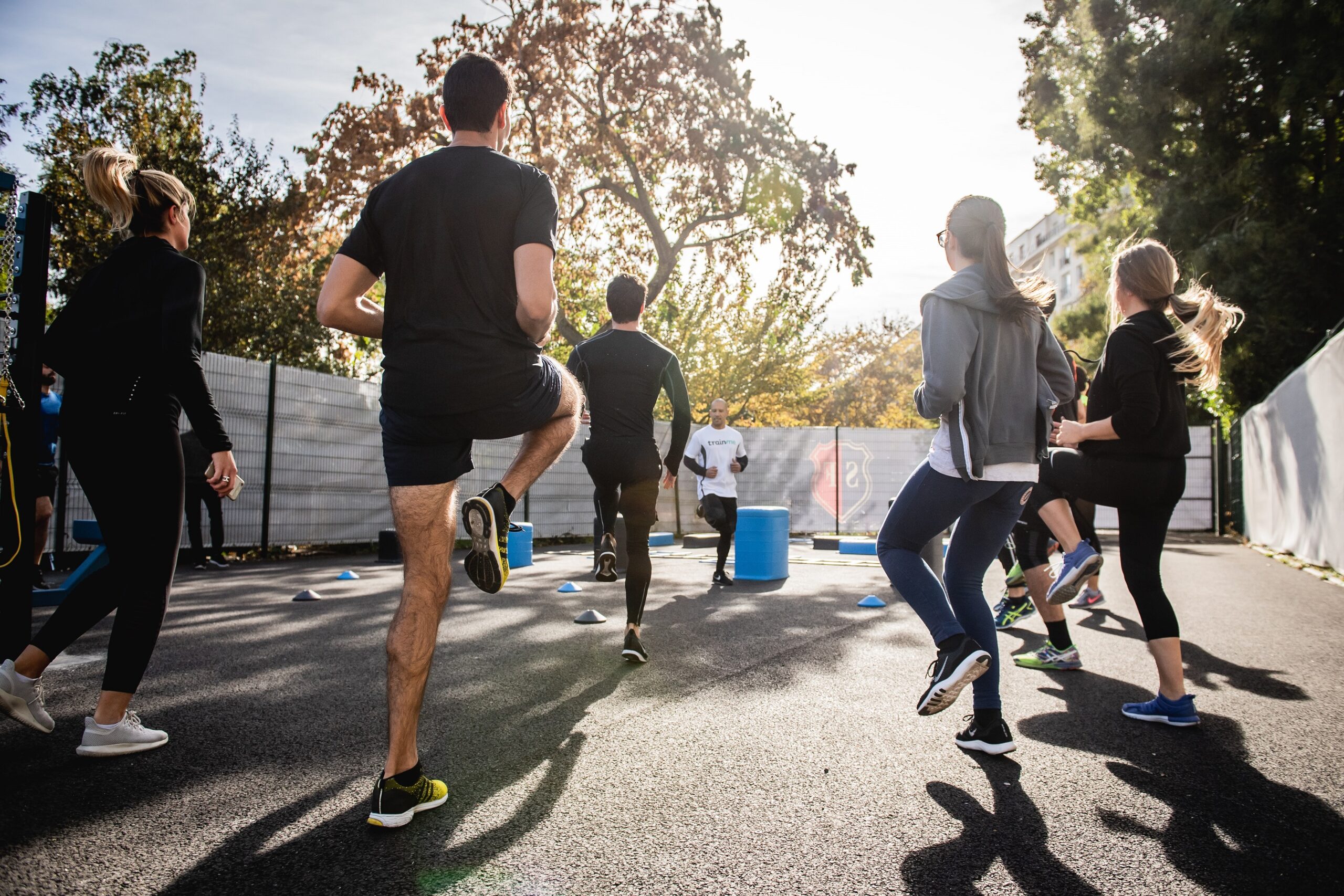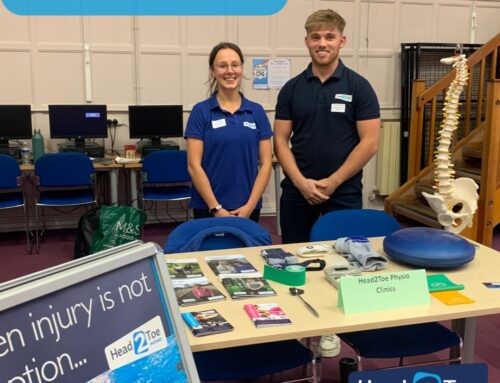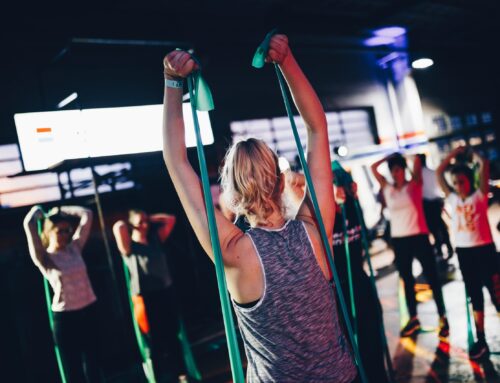How to Avoid Tendon Injuries Getting Fit in the New Year
Many of us decide on a New Year resolution and this can often involve increasing how much exercise we are doing. Whilst this is a fantastic thing to do, it can lead to problems, especially when we’re a bit gung-ho.
Increasing load on tendons with activities like running, Zumba classes or skipping, can cause irritation and lead to pain. Enthusiastically we will increase exercise which makes us feel good but on a beginner fitness level this can often be harmful. Inflammation of a tendon can lead to a tendinopathy if not handled sensibly.
What is a tendinopathy?
Tendinopathy is the broad term for any tendon condition that causes pain and swelling.
Identify the tendinopathy type
- Reactive tendon
Often young individuals, acute overload, no prior history
- Degenerative
Often a small recognizable load increasing the pain, middle aged to older adults, tendons are dysfunctional prior to presentation
What you can do
It is important to seek advice if you have tendon pain for two reasons. Firstly to prevent worsening symptoms but also to get good guidance on rehabilitation and how to progress it.
People associate pain with danger and therefore stop any activity. In some instances this is the right thing to do, but not always!
With a tendon problem they need to be loaded but in the correct way to then be able to rehab back to your sport.
Tendons tend to improve with activity and worsen the following day. It is therefore critical to track 24 hour post loading symptoms. This kind of information can be really useful to you and your physio
Key messages
- Tendons can be frustrating to manage and it’s best to seek advice to get the right rehabilitation advice
- Don’t underload the tendon as this can also provoke symptoms
- Seek advice to address any dysfunction as its never just the tendon causing the problem!
How to Avoid Tendon Injuries – Top tips
Warm up and cool down properly
Allow rest periods to not overload muscle and tendon tissue
Gradually build up your exercise tolerance
At Head2Toe Physio, we can help you work out what stage of injury you’re at and how best to manage things from here on in. Even better we can work with you to try and make sure it doesn’t happen in the first place!
Exercises are often prescribed and a range of manual therapy techniques used. Techniques used might include massage, joint and soft tissue manipulation, acupuncture , taping and electrotherapy.
All our Physiotherapists are highly qualified, experienced, with a variety of post graduate specialisations. If you or anyone you know would like to have a physiotherapy assessment with the team at Dorking , Leatherhead or Crawley , book online here or contact us here.
Blog post guest written by Laura Moore, Senior Physiotherapist, Dorking, Leatherhead, & Crawley Clinics.






